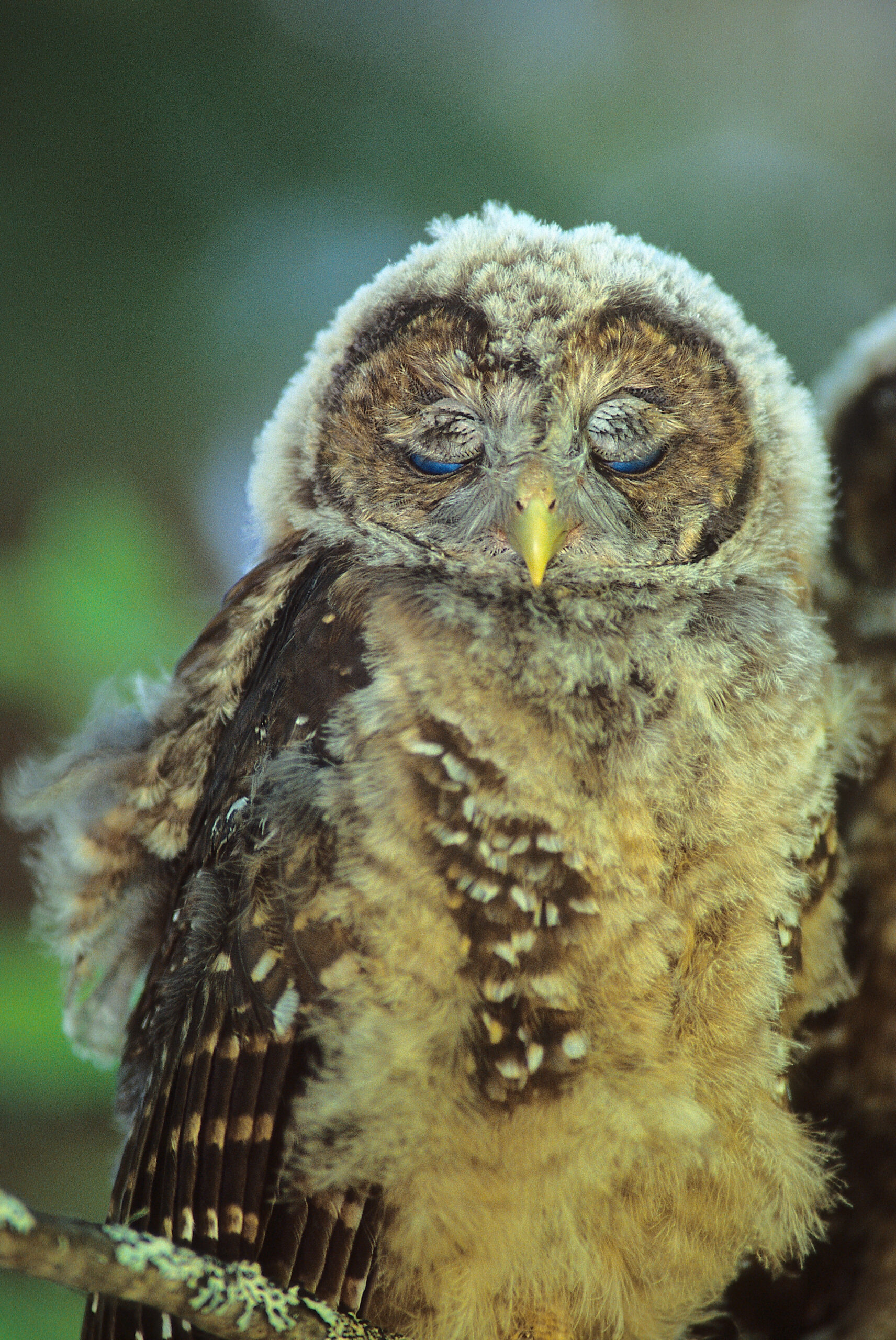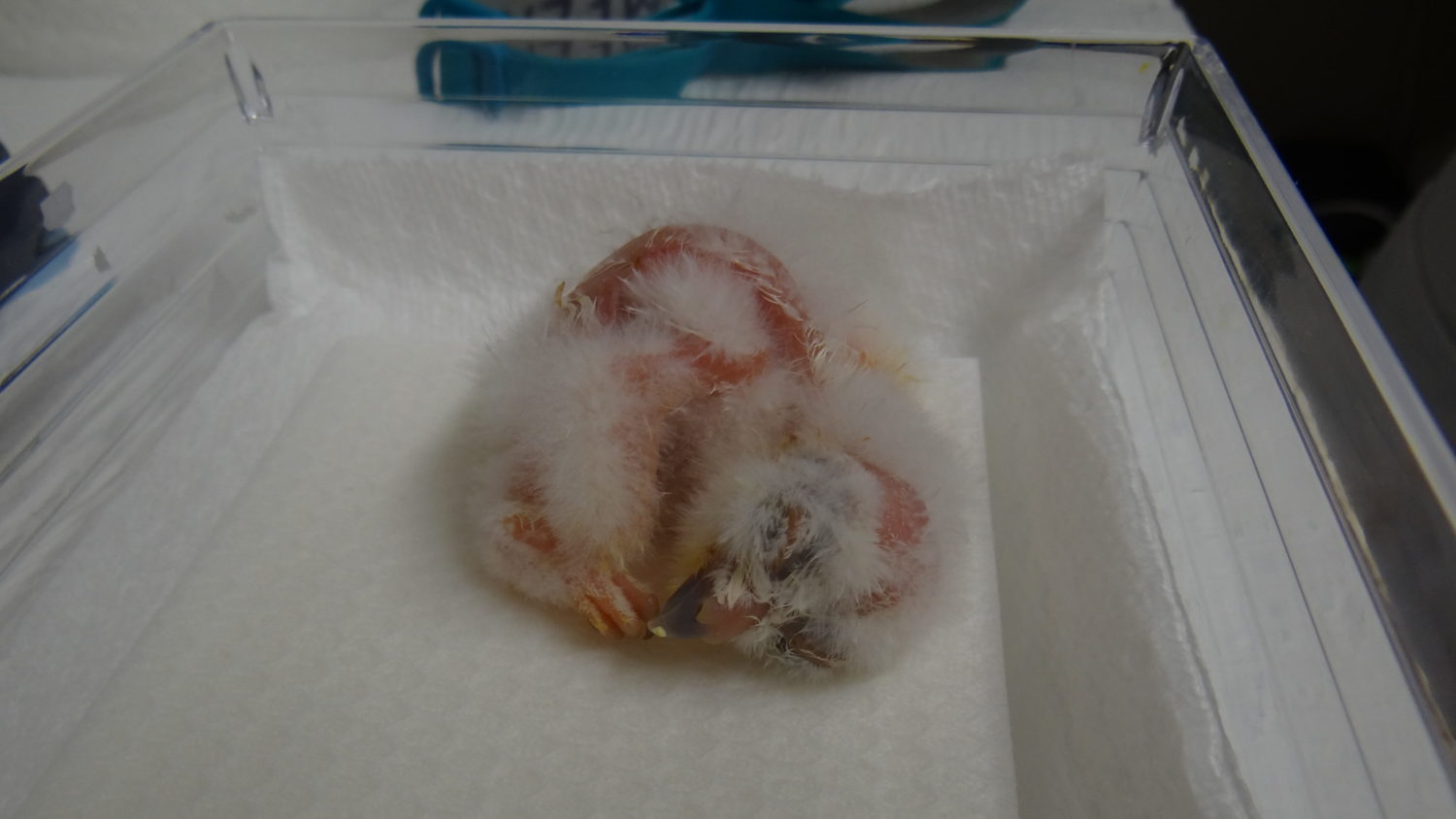
Water determines the Great Lakes Region’s economic future
Climate change, geopolitics and business opportunities power a blue economy
Twenty-one years after the spotted owl was listed as endangered under Canada’s Species at Risk Act, on Thursday the federal government released a proposed recovery strategy identifying critical habitat for the old-growth forest dependent owl.
The strategy reinstates about 200,000 hectares of the owl’s critical habitat in southwest B.C. that was quietly erased from maps in a draft recovery strategy last year, following consultations with the B.C. government. Federal scientists identified the critical habitat as necessary for the owl’s recovery and survival. The updated recovery strategy includes an additional 200,000 hectares of spotted owl critical habitat that was not erased from maps — for a total of 416,258 hectares of critical habitat on federal and non-federal lands.
The environmental law charity Ecojustice, non-profit conservation group the Wilderness Committee and Spô’zêm First Nation hailed the updated recovery strategy as a “game-changer for conservation efforts” for the spotted owl and a “historic win.”
“Our ancestors taught us the spotted owl is our messenger between this world and the spirit world and how they speak to us, and this new recovery strategy gives them a chance at survival,” Spô’zêm First Nation Chief James Hobart said in a statement. “It’s regrettable how much time has passed in this process and how many owls were lost.”
But the new draft strategy shows the federal government is listening, Hobart told The Narwhal. “It means that the government is taking a stronger position with species at risk than they have in the past.”
“Is it enough? Well, we’ll see,” he said.

The spotted owl has become a symbol of B.C.’s failure to protect imperilled wildlife and the province’s ongoing destruction of old-growth forests, where the football-sized bird nested in cavities in large trees and preyed mainly on flying squirrels and bushy-tailed woodrats. About 1,000 adult spotted owls once lived in temperate rainforests in southwest B.C.
Canada’s last wild-born, free spotted owl disappeared last year from a forest in the Spuzzum Valley, near the Fraser Canyon, and is presumed dead. About 30 spotted owls live in a B.C. government-funded breeding centre in Langley, B.C., where they are fed euthanized rats and mice and their eggs are hatched in incubators while forest sounds play in the background.
The B.C. government, which has spent about $4 million on the breeding centre, has repeatedly said it will release captive-born owls into the wild to recover the population.
At the same time, the provincial government continues to approve industrial logging in the owl’s old-growth forest habitat, including in the Teapot Valley near the Fraser Canyon.
Hobart has been working for years to protect spotted owls and the old-growth forests they rely on. He credits his mother, an artist who more than five decades ago used her work to raise awareness about the plight of the owls, with inspiring his long-standing efforts.
“It started with my mom,” he said. “I have to carry her work on.”
Following pressure from Spô’zêm First Nation, the B.C. government temporarily deferred logging in the Spuzzum Valley, where the last wild-born, free spotted owl nested with her mate and the pair hatched three chicks. (The chicks were captured by provincial government biologists and taken to the breeding centre, where one died.) Logging is also temporarily deferred in the nearby Utzlius Valley, where a single male wild-born spotted owl recently lived until he vanished.
In an email, a spokesperson for federal Environment Minister Steven Guilbeault said the proposed recovery strategy aims to restore a stable population of spotted owls consisting of at least 250 mature individuals, “within a connected network of habitat.”
“British Columbia has made significant [progress] towards spotted owl recovery and Canada continues to contribute to the province’s work in these areas,” the spokesperson said, adding, “additional efforts are also essential.”
The reinstatement of spotted owl critical habitat — equivalent to an area more than 1,000 times the size of Stanley Park — follows criticism from the Wilderness Committee and other groups after almost half the critical habitat identified by federal scientists disappeared from maps included in the 2023 draft recovery strategy.
Represented by Ecojustice, the Wilderness Committee made submissions to the federal government outlining why the Environment Ministry should return to a 2021 draft of the recovery strategy containing “scientifically sound mapping and owl-survival strategies,” such as connected landscapes to enable juvenile spotted owls to safely move to new territories.
“This new strategy breathes life into the fight to keep the spotted owl from disappearing forever in Canada,” Wilderness Committee protected areas campaigner Joe Foy said in a press release. “I’m so grateful for all those who fought against extinction and demanded better for the spotted owl.”
Ecojustice lawyer Kegan Pepper-Smith called the updated recovery strategy a significant step in the right direction to recovering the imperilled spotted owl. “We applaud Minister Guilbeault for reinstituting what appears to be a science-based and [Species at Risk Act] compliant identification for the species.”
The area identified as critical habitat remains largely unprotected and at risk of being logged, Pepper-Smith said in an interview.
“There’s no immediate on-the ground impact, unfortunately, but it’s the foundation that we need to finally provide for the recovery of the species,” he said of the proposed recovery strategy.
The Species at Risk Act only automatically applies on federal lands — about one per cent of B.C. — and most of the spotted owl’s critical habitat falls under provincial jurisdiction.
“I’d like to be optimistic that this is a new chapter that really helps both levels of government redefine their efforts to recover the species, but if we’re reflecting on the history of efforts this far, then I’m not holding my breath,” Pepper-Smith said.
“Arguably, B.C. has known that this is the habitat that is required for the spotted owl for decades and we’ve seen no slowing of logging over that time,” he said.
“The spotted owl is just the tip of the iceberg of decades of, I would say, negligence with respect to protecting species and their habitats throughout the province,” he said.

Ecojustice said it will be able to keep a close eye on the provincial government’s recovery actions by comparing logging licences with new critical habitat maps.
“We can make it clear as day that they’re not, in fact, doing everything they can to provide for the recovery of the spotted owl,” Pepper-Smith said.
Ultimately, if the B.C. government fails to protect the owl’s critical habitat, the federal government has authority under the Species at Risk Act to issue what Pepper-Smith called a “safety-net” order. And Ecojustice isn’t ruling out going back to court if need be.
Under the Species At Risk Act, the federal environment minister must publish a recovery document identifying a species’ critical habitat.
The release of the proposed recovery strategy launches a 60-day consultation period. A final recovery strategy will be published once consultations are complete.
The B.C. Ministry of Water, Land and Resource Stewardship didn’t respond to questions before publication time.
The Narwhal previously reported the provincial government lobbied behind the scenes to dissuade the federal cabinet from issuing an emergency order to protect the spotted owl. An emergency order would give Ottawa the power to step in and make decisions that normally fall to the provinces, such as whether to issue logging permits in spotted owl critical habitat.
A cabinet briefing note obtained under freedom of information legislation cited socio-economic impacts and B.C.’s “significant protections” for spotted owls as reasons why Ottawa should back away from issuing a rare emergency order to prevent further industrial logging in the owl’s habitat.
Guilbeault eventually recommended the federal cabinet issue the emergency order, but the cabinet opted not to do so. A federal court ruling in June found Guilbeault’s eight-month delay in making the recommendation to cabinet was unlawful.
The B.C. government maintains it has set aside enough habitat to support 250 owls in the wild. But Foy and others claim the habitat is not sufficient, pointing to the owl’s demise.
“The message in this strategy is as clear as day — we need all logging in spotted owl critical habitat to cease immediately,” Foy said. “Far too much time has been wasted already and now every precious piece of remaining critical habitat must be protected.”
In 2022, for the first time, the B.C. government released three young owls from the breeding centre with GPS backpacks. Two died, while one was injured and taken back to the centre. The provincial government released two more owls last year. Their fate is unknown.
— With files from Ainslie Cruickshank
Get the inside scoop on The Narwhal’s environment and climate reporting by signing up for our free newsletter. On a warm September evening nearly 15...
Continue reading
Climate change, geopolitics and business opportunities power a blue economy

10 billion litres of sewage are dumped into Winnipeg’s lakes and rivers each year. Some...

Court sides with Xatśūll First Nation, temporarily halting Mount Polley mine waste expansion
